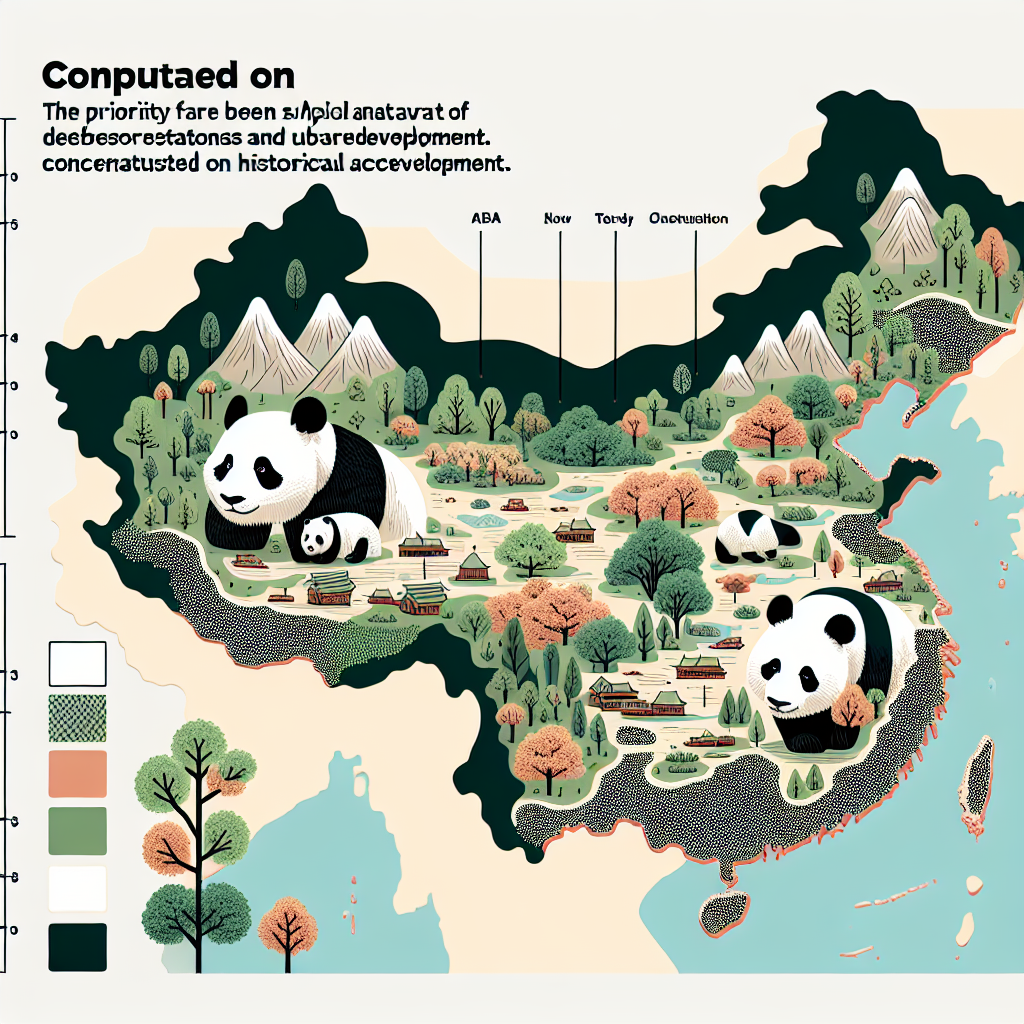The alarming truth is that pandas are about to extinct. These beloved creatures, often seen as symbols of wildlife conservation, are facing a critical situation that demands immediate attention. Despite conservation efforts, the future of pandas remains uncertain due to several pressing factors that threaten their survival.
Habitat Loss and Fragmentation
One of the primary reasons pandas are about to extinct is habitat loss. As urban development expands, the natural habitats of pandas are being destroyed. Deforestation for agriculture and infrastructure projects leads to the fragmentation of the bamboo forests that pandas depend on for food. According to the World Wildlife Fund, only about 1,864 giant pandas remain in the wild, primarily in the mountainous regions of China.
As their habitat shrinks, pandas are forced to travel further to find food, which increases their risk of encountering humans. This not only puts them in danger but also disrupts their breeding patterns. For more information about habitat loss, you can visit the World Wildlife Fund.
Climate Change and Its Impact
Climate change is another significant threat to the survival of pandas. As temperatures rise, the distribution of bamboo, which makes up 99% of a panda’s diet, is changing. Many bamboo species are sensitive to temperature fluctuations, and their inability to adapt quickly to climate change puts pandas at risk. Studies predict that if climate change continues at its current rate, suitable bamboo habitat could decrease significantly, further endangering the species.


The effects of climate change are not only felt in the bamboo forests; they also impact the entire ecosystem. As food sources dwindle, pandas may struggle to find enough nutrition, leading to lower reproductive rates. For insights into climate change effects, check out the Nature Climate Change journal.
Conservation Efforts and Challenges
While there are ongoing conservation efforts to protect pandas, the challenges remain daunting. Organizations have implemented breeding programs and habitat restoration projects, yet the success of these initiatives hinges on addressing the root causes of their endangerment. The Chinese government has established over 60 panda reserves, but enforcement and funding can be inconsistent.
Moreover, the perception of pandas as ‘cute’ animals sometimes overshadows the urgency of their plight. It’s crucial to raise awareness about the fact that pandas are about to extinct and that they need our support. Engaging in conservation efforts, supporting sustainable practices, and advocating for environmental policies can make a difference.
In conclusion, the future of pandas hangs in the balance, and immediate action is required to prevent their extinction. By understanding the threats they face and supporting conservation initiatives, we can work towards a future where pandas thrive in the wild. For more details on how you can help, visit the WWF Panda Page.
Some content and/or images on this page were created using AI.





